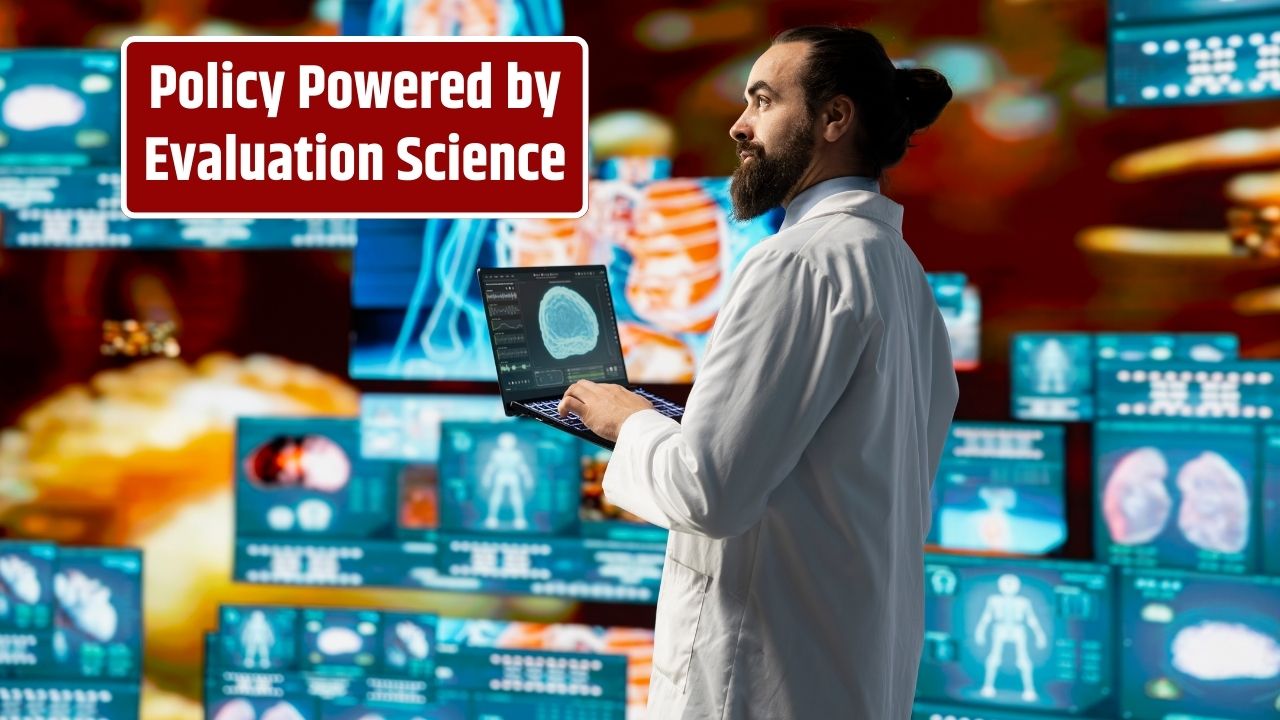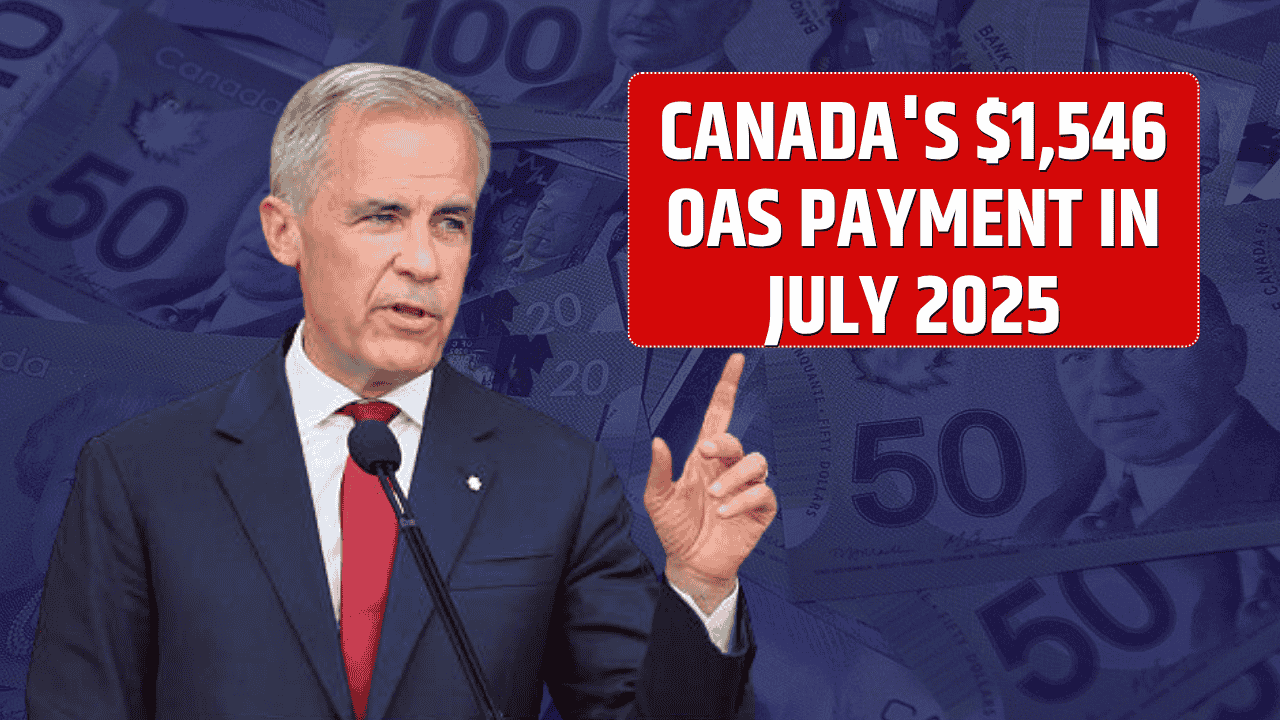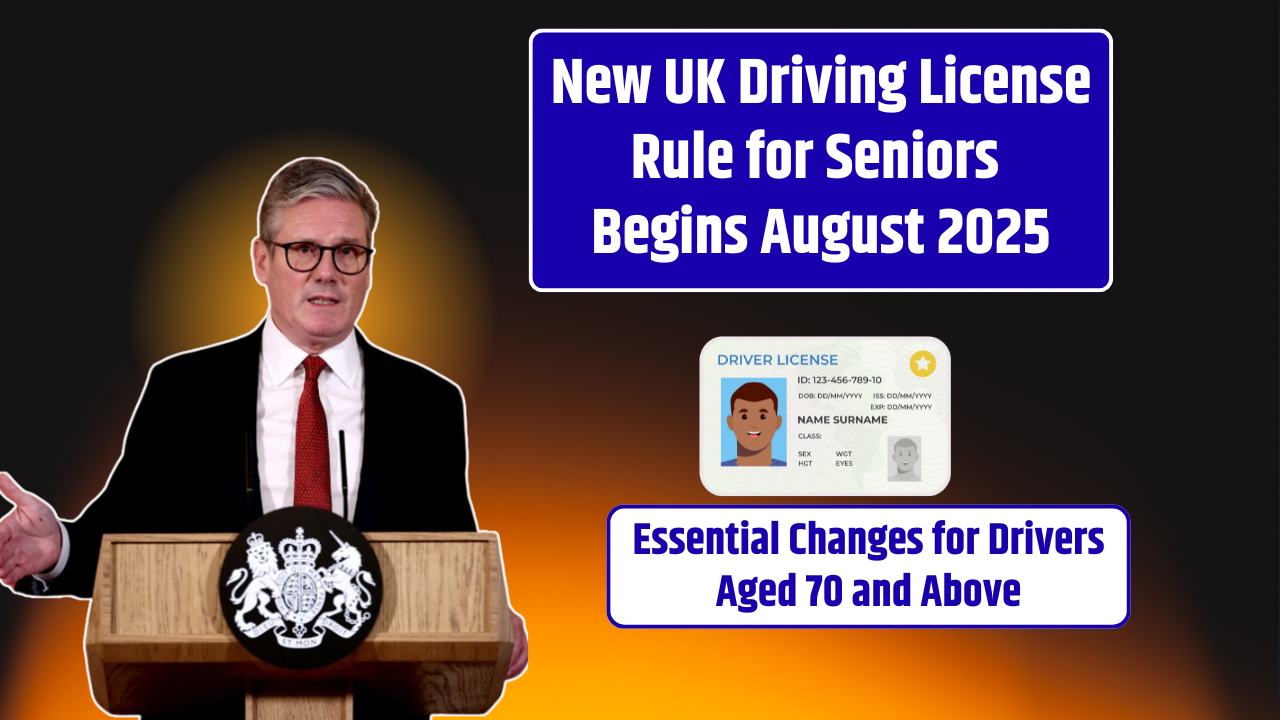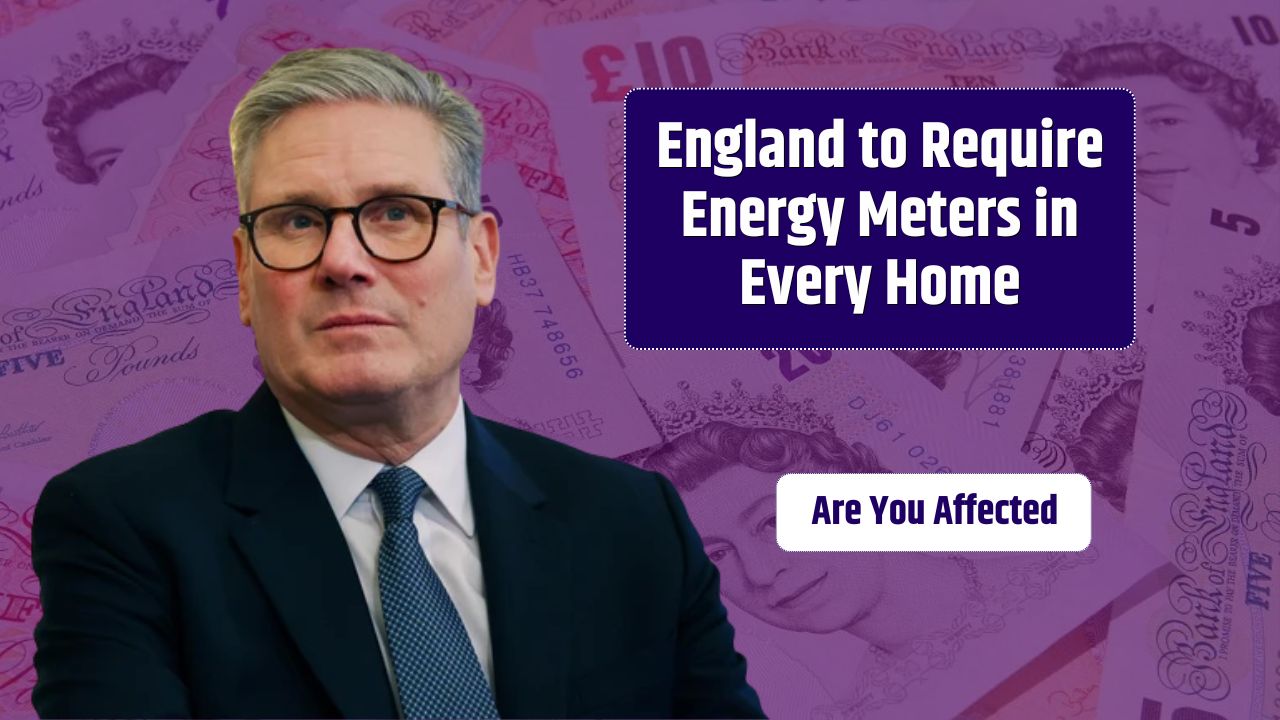Governments today face growing pressure to deliver smarter, more effective policies. With limited resources and rising public expectations, the ability to use data strategically has become more important than ever.
Enter applied data and evaluation science—a field that transforms raw numbers into actionable insights for public policy. Through data-driven decision-making, policymakers can evaluate what works, identify problems early, and allocate resources more efficiently.
Table of Contents
What Is Data-Driven Policy?
Data-driven policy is the process of using empirical evidence—usually in the form of quantitative data—to inform, design, implement, and evaluate government policies and programs. It replaces intuition or political convenience with statistical rigor, often using tools from fields like economics, data science, and behavioral research.
At the core of this approach is the belief that better data leads to better decisions. Whether it’s forecasting crime trends, improving education outcomes, or targeting healthcare funding, reliable data can significantly improve the effectiveness of public services.
Role of Applied Data and Evaluation Science
Applied data and evaluation science combines methodologies from statistics, computer science, economics, and sociology to study how policies function in the real world. It’s not just about analyzing data but also about creating systems for continuous learning and improvement.
Here’s how it works:
| Component | Description |
|---|---|
| Data Collection | Gathering relevant quantitative and qualitative data from various sources. |
| Data Cleaning & Prep | Ensuring accuracy, removing errors, and formatting data for analysis. |
| Analysis & Modeling | Using algorithms and statistical tools to detect trends and predict impact. |
| Evaluation | Measuring policy outcomes against predefined goals or control groups. |
| Feedback Loops | Adjusting policies in response to new findings or ongoing monitoring. |
This approach is highly iterative, allowing governments to refine programs over time instead of relying solely on upfront assumptions.
Real-World Examples of Data-Driven Policy
Several governments and agencies are already leveraging data to improve results:
- New York City’s “CompStat”: The NYPD uses data to monitor crime trends in real-time, allowing for targeted policing strategies.
- Medicaid Predictive Modeling: Some states use predictive analytics to identify at-risk patients and reduce hospital readmissions.
- Education Performance Dashboards: School districts use student performance data to evaluate teacher effectiveness and adjust curricula.
These examples show how data is more than just a backend tool—it’s reshaping how public services are delivered.
Challenges in Implementing Data-Driven Policies
Despite the promise, data-driven governance isn’t without hurdles:
- Data Quality and Access: Incomplete or biased data can lead to flawed conclusions.
- Privacy Concerns: Collecting sensitive personal data requires strict safeguards and transparency.
- Institutional Resistance: Shifting from intuition-based decision-making to data-informed models can face pushback from leadership or staff.
- Skills Gap: Public agencies often lack personnel trained in advanced analytics and data interpretation.
Overcoming these challenges requires investment not just in technology, but also in training, ethics, and infrastructure.
The Future of Policy Evaluation
As AI and machine learning continue to evolve, governments have new tools for understanding human behavior, simulating policy outcomes, and detecting unintended consequences. The future of public administration is increasingly dependent on real-time feedback and adaptive strategies—hallmarks of data-driven thinking.
To maximize the benefits, collaboration across sectors is key. Partnerships between academic institutions, tech firms, and public agencies can accelerate innovation and foster a culture of experimentation and accountability in policymaking.
Harnessing the power of data allows governments to be more responsive, transparent, and effective. When done right, data-driven policy doesn’t just streamline bureaucracy—it can transform it into a force for real change.
FAQs
What is applied data and evaluation science?
It’s a multidisciplinary field that uses data collection, statistical analysis, and evaluation methods to improve the design and implementation of policies.
Why is data important in public policy?
Because it provides evidence to guide decisions, assess impact, and improve efficiency—ultimately leading to better outcomes for citizens.
Is data-driven policy always better?
Not necessarily. It depends on the quality of the data, the rigor of the analysis, and the ethical considerations of data use.
How can governments start using data more effectively?
By investing in data infrastructure, building skilled teams, promoting transparency, and collaborating with external experts.


























